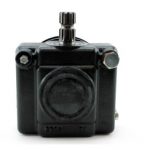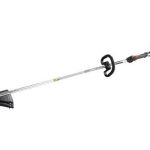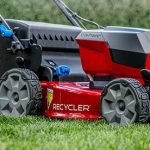Moss can be a sensitive issue with lawn owners; even though it is not a weed, in the eyes of many it reflects inadequate lawn maintenance. To an extent, this is unfair; after all, moss will not destroy any grass that is currently growing, and all it actually does is grow in bare areas on your lawn. Still, getting rid of moss is a bit more complex than simply removing the moss that’s currently growing. Below, we offer some suggestions for how you can effectively remove any moss that may have taken residence on your lawn.
Why is there room for moss to grow?
In order to get rid of moss, you need to first address why you have bare spots on your lawn that allow it to grow. This can be caused by a number of different factors: you may have poor drainage, soil that is overly compact or thatch that has built up. Perhaps you are mowing improperly, or you may even have the wrong grass variety planted. Addressing the quality of the soil is usually a great place to start in order to get your lawn healthy and ready to successfully grow grass. Because moss loves acidic soil, raising the pH of the soil with lime is a useful procedure. Using a hollow tine aerator, take out any plugs of soil that may have accumulated within the top few inches of soil. If thatch is one of the culprits, dethatching is a must, and you should also overseed any bare regions on your lawn.
Which products will work?
There is a large array of products available on the market that will kill existing moss. These generally contain ferrous sulfate. There are also moss control fertilizers that contain ferrous sulfate. Alternately, you can look into algae-killing soaps, which are also widely available. Any one of these products will get rid of the moss, but the problem with them is that they do a poor job of addressing the actual cause for it, so your moss will just grow right back. For this reason, removing moss should not only focus on eliminating it in the short term but also on improving the soil, fixing any existing drainage issues, and other steps that will fill in bare spots on your lawn and help grass grow.
Moss accumulation is not the worst thing that can happen to your lawn, but it is a sign of poor growing conditions. Improve the quality of your soil, mow appropriately, and make sure that you have the right grass variety planted in order to prevent moss from growing on your lawn.







